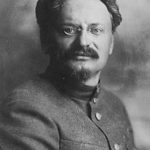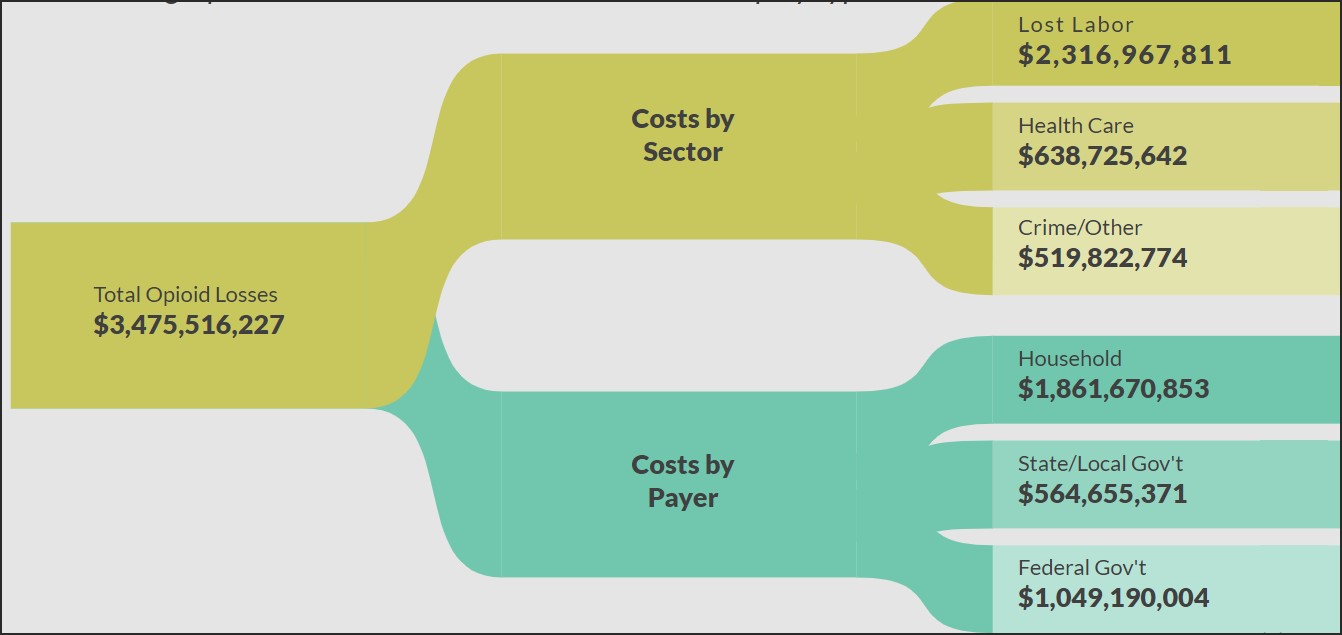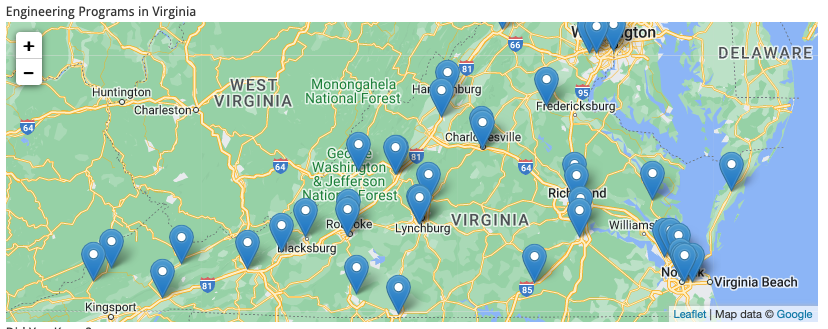by James A. Bacon
A friend of mine, a Richmond-area attorney, received this message from his accountant explaining the increasingly difficult conditions in which his business was operating:
Increasingly, we’ve experienced extreme disruption with our US Postal Service as well as the handling of payments by government agencies, regardless if they have confirmed delivery. This has caused unwanted computer-generated notices and unwarranted penalties and interest. The Virginia Department of Taxation has also recognized this issue and has announced that all tax payments above $1,500 MUST be made electronically.
Pre-COVID, I bemoaned the increased complexity of our information systems and the glitches that result from their imperfect interoperability. Now add to that the labor shortage — not just the shortage of workers with the necessary technical skills but with the right attitudes. After a generation of setting lower expectations, demanding less precision and exactitude, and excusing failure and mediocrity to spare children’s tender feelings, we have created a generation of young people who are sloppier and more careless than their predecessors.
The other day, I encountered a young woman behind the cash register who had trouble making change for a dollar. I’d never seen that before. Ever.
The problems experienced by my friend are murder on workforce productivity. We all suffer from it, even if we don’t see what is in plain sight. Continue reading













 by Dick Hall-Sizemore
by Dick Hall-Sizemore by James C. Sherlock
by James C. Sherlock
